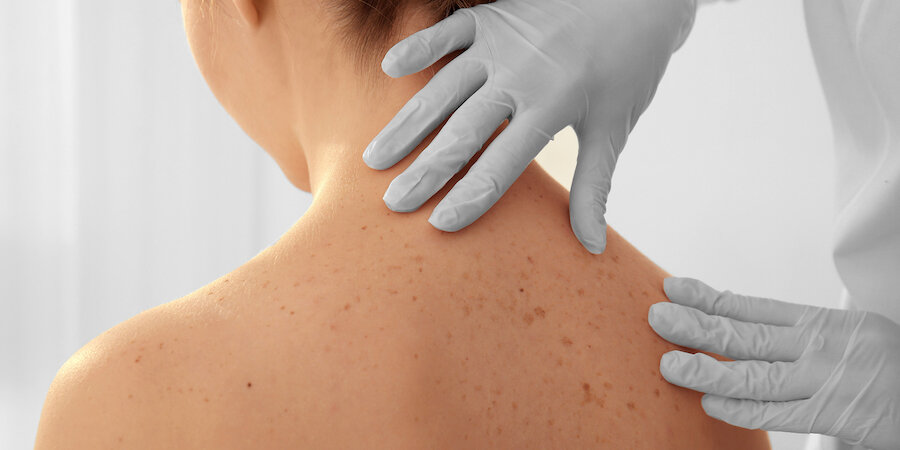We take care of your largest organ, down to the smallest detail.
Skin cancer is the most common cancer in Germany. Every year there are about 191,000 new cases, and the number is rising. Spinaliomas are more frequent with 170,000 new cases per year, while basaliomas have about 21,200 new cases per year.
In addition to skin type and individual genetic stress, solar radiation has a large influence on the occurrence of skin cancer. Degeneration of the white blood cells (lymphocytes) can also manifest themselves on the skin. The most common representative of these cutaneous lymphomas is the so-called mycosis fungoides. The rarer skin tumours entail a degeneration of the blood vessels, connective tissue cells, Merkel cells and skin appendages.
Through an additional qualification in medical tumor therapy, acquired during my time at the Berlin Charité, I can advise you competently and empathetically on these diseases and together we can ensure that an effective therapy is initiated as quickly as possible, and in the case of corresponding diseases, we can conduct the necessary and reliable aftercare examinations.






